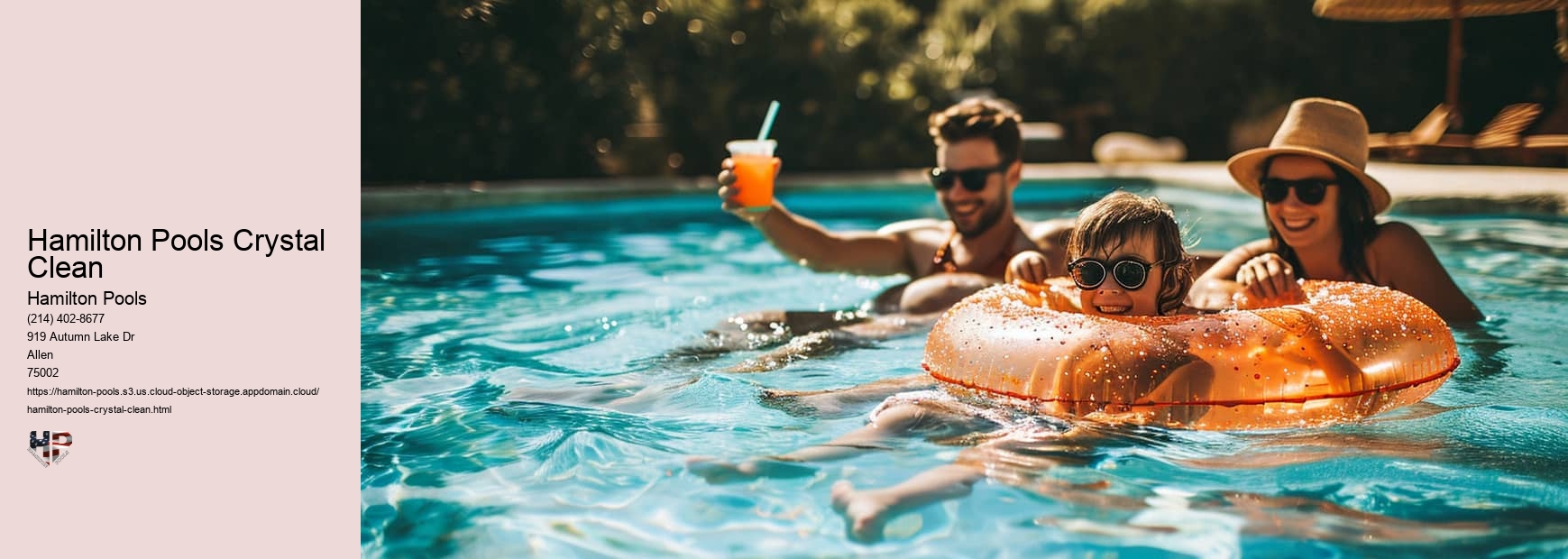
At Hamilton Pools, we take pride in our commitment to customer satisfaction. We strive to exceed your expectations with our reliable and efficient pool cleaning and repair services. With our comprehensive warranties, you can have confidence in our ability to deliver exceptional results and keep your pool in optimal condition.
With our captivating water features, your pool will become a haven of relaxation and enjoyment, where you can escape the stresses of everyday life and create lasting memories with family and friends. Trust Hamilton Pools to transform your pool into a breathtaking oasis that will leave you speechless.
Experience the convenience and effectiveness of our automated pool cleaners and let us take care of the cleaning while you enjoy your pool to the fullest. With Hamilton Pools' automated pool cleaners, you can say goodbye to tedious manual cleaning and hello to a pristine pool that is ready for you to dive into.
Hamilton PoolsYes, you can! Adding too much baking soda (sodium bicarbonate) raises pH significantly, disrupting water balance and causing cloudy water or skin irritation. Stick to recommended dosages for pH adjustments and avoid overdoing it!
Skim the surface, brush the walls and floor, vacuum the bottom, and test and adjust water chemistry. These four steps, done regularly, will keep your pool sparkling and safe for swimming.
Muriatic acid (diluted hydrochloric acid) lowers high pH levels in pool water. High pH makes water cloudy, irritates skin, and hinders chlorine effectiveness. Use it cautiously and only after measuring pH to avoid over-acidification!
In swimming, 'C' can have multiple meanings depending on the context. It might refer to 'crawl', the freestyle swimming stroke, or 'chlorine', the primary sanitizer used in pools. Sometimes, it can also stand for 'championship' or 'club' competitions.
Shocking your pool with a high dose of chlorine is the fastest way to kill existing algae. However, it's not a long-term solution. Maintain proper water chemistry, including chlorine levels and pH balance, to prevent future algae growth. Brushing and vacuuming regularly also help!
Liquid chlorine is often the most cost-effective way to shock a pool, especially for smaller volumes. Consider granular options if you deal with larger pools or require longer-lasting shock action. Consult a pool store for specific recommendations!
Distribute it! Pour shock evenly around the perimeter of your pool, near skimmers and returns to ensure thorough circulation. Avoid concentrating it in one spot to prevent localized damage. Consider using shock tablets in feeders for slow, continuous release!
Brushing first dislodges dirt and algae, making vacuuming more efficient. Brush the walls and floor thoroughly, then vacuum to capture the loosened debris. This order ensures a cleaner pool with less effort!